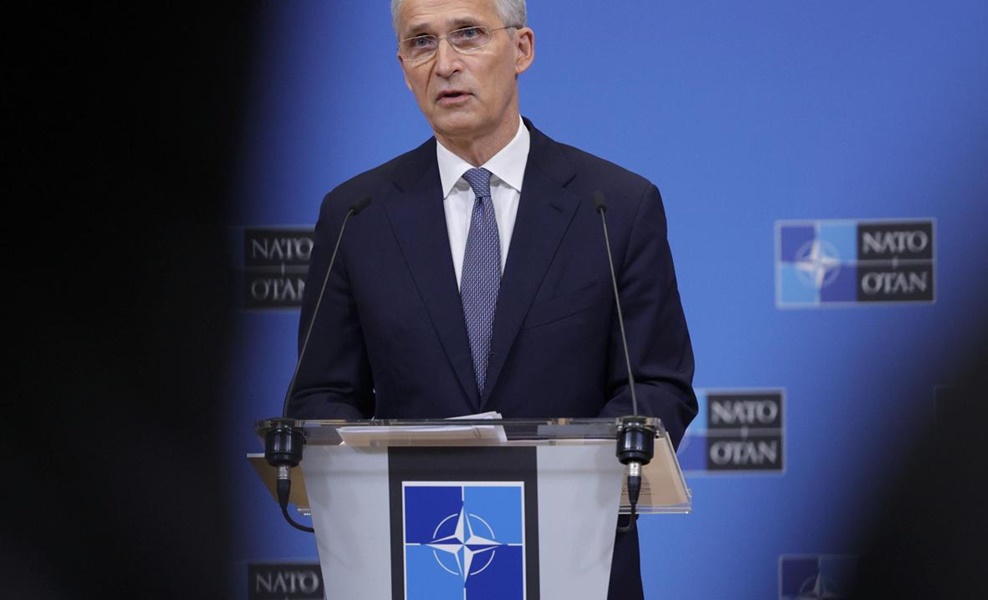Since the onset of Russia’s military campaign in Ukraine, local political and military figures have repeatedly called for NATO to close the airspace over Ukraine. Indeed, since the plans for a “Russian blitzkrieg” in Ukraine suffered a crushing blow, the Russian army’s tactics mainly imply constant cruise missile strikes and air raids targeting civilian infrastructure and residential areas. Russia is deprived of the required military and human resources sufficient for a full-fledged occupation of even a small part of Ukraine.
Against the background of the egregious crimes committed the Russian army of invaders, thousands of victims as a result of barbaric bombardments, and boiling anger among Ukrainians who perceive Russians as murderers and occupiers, maintaining control of Ukrainian territories is an impossible task. The Kremlin has placed its bet on destruction and terror, previously tested in Chechnya and Syria.
The Ukrainian Army has shown miraculous courage and selfless resistance to the enemy that is massively outnumbering our forces in manpower and weaponry. But the number of air and artillery strikes is not decreasing, while Ukraine’s resources to repel them are inexorably running out. The main air defense assets were focused on the approaches to the country’s capital, seizing which is the strategic objective of the invaders, who chose the tactics of aerial warfare as key in the war of aggression against Ukraine. It is extremely important to receive timely military and political assistance from allies. The authorities in Kyiv have repeatedly appealed to Washington to introduce a no-fly zone over Ukraine, but the reaction has been restrained so far. The West is not willing to get into a direct confrontation with Russia. After all, if the no-fly zone is introduced, the downing of Russian warplanes by NATO forces is just a matter of time. The number of weapons that Russia is able to put up against the combined potential of NATO allies is incomparable so Russia’s air force would face an almost instant defeat, but neither Russia nor NATO, represented by the United States, have the right to lose, so the key question is, will Russia apply tactical nuclear weapons? In the light of the growing antagonism between Russia and the West, this scenario is quite possible, including testing such a scenario on the territory of «third countries» or carrying out a strike on NATO military bases. So further developments are becoming more and more gloomy and unpredictable.
Therefore, the collective West has opted for a wait-and-see stance. The collapse of Russian economy, withdrawal of foreign investment, depreciation of Russian stocks and devaluation of the ruble is starting to affect the Kremlin’s political agenda. The United States has effectively imposed an embargo on Russian oil supplies – a mutually sensitive but strategically justified move that could bleed the Russian economy out in a few months. As early as April, Russia will be facing default, so the situation in the country may become unmanageable and Putin will be forced to focus the remaining military resources to suppress protests that threaten his despotism. Meanwhile, the troops deployed in Ukraine will be gradually destroyed or pushed back to the Russian border.
In this context, Russia is unlikely to be able to conduct full-scale military operations; the agenda will be about the very survival of the country and maintaining the power vertical in its current form. On the territory of Ukraine, the West played a geostrategic game for the sake of expelling Russia from the framework of a developed and prosperous civilization and turning it into a raw material appendage of China. Therefore, it is all the more unprofitable for NATO to enter into a direct military standoff with Russia. The West is waiting out, to let the effect of the already introduced and new sanctions brew. The next couple of months will show the margin of safety of Russian economy and the impact of sanctions on the Kremlin’s militaristic machine.

